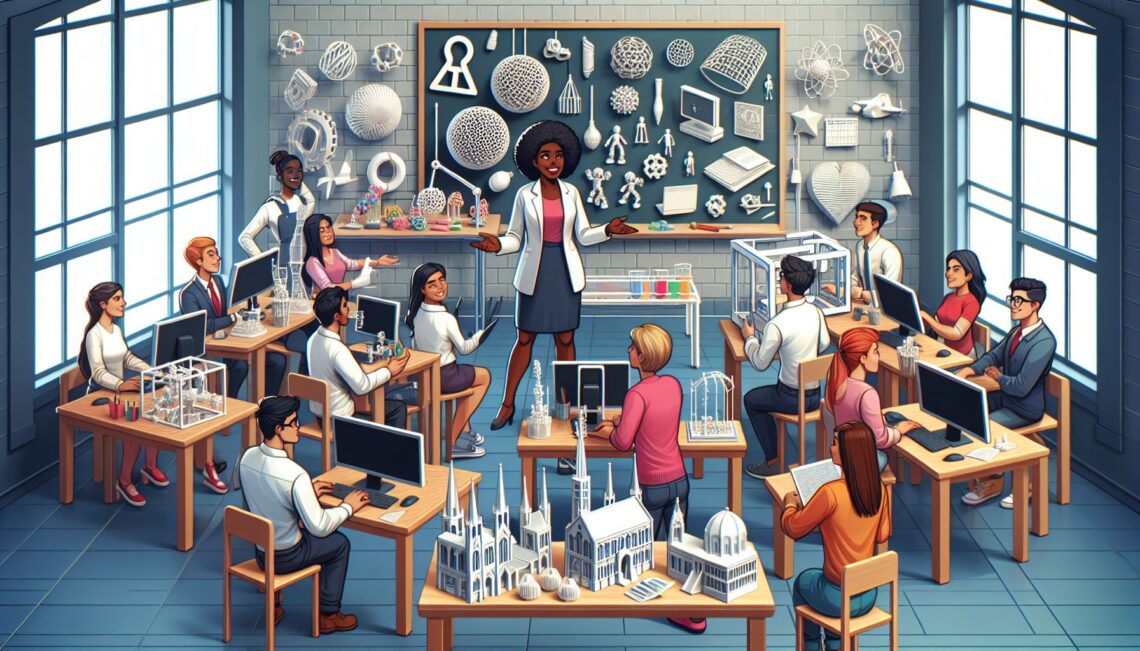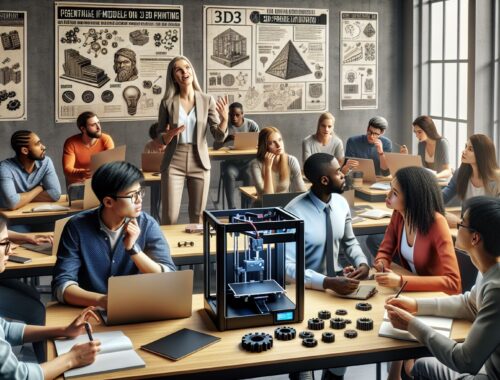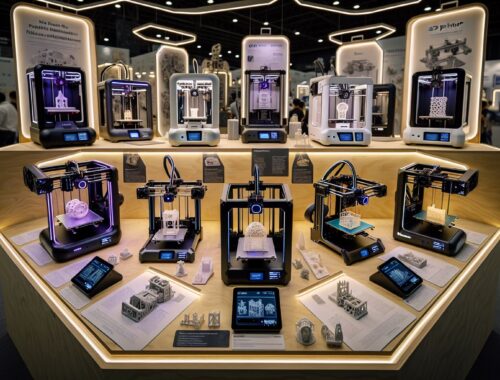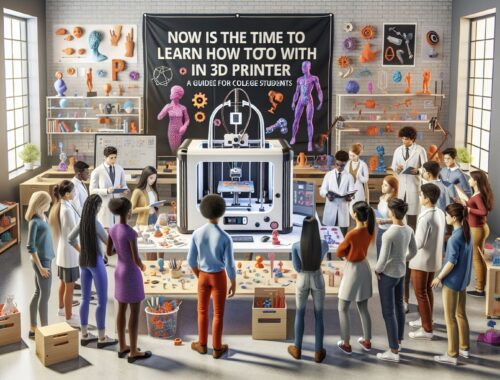
Enhancing Learning and Creativity: Exploring the Possibilities of 3D Modeling and 3D Printing in College Education
In today’s ever-evolving technological era, 3D modeling and 3D printing have emerged as groundbreaking tools with vast potential for both educators and students. The integration of these technologies within college curriculums has begun to revolutionize the traditional learning environment and foster innovative thinking among students. This article will delve into the incredible world of 3D modeling and 3D printing, exploring their applications in toy creation, building models, manufacturing, and the creation of unique products with 3D printers. By harnessing these tools, college students can unlock a whole new realm of possibility and imagination.
The Advent of 3D Modeling
Understanding the Basics
Before diving into the world of 3D printing, it is essential to grasp the fundamentals of 3D modeling. 3D modeling involves creating virtual, three-dimensional models using specialized software. These models can be manipulated and adjusted to represent both real-life objects and imaginative creations. It allows students to think spatially and express their ideas in tangible forms.
Fostering Creativity and Critical Thinking
Integrating 3D modeling into educational settings promotes creativity and encourages students to think outside the box. By challenging students to create unique designs, college instructors can elevate the learning experience and foster a spirit of innovation. Students can learn to think critically about the design process, considering elements such as scale, proportion, and functionality.
Toy Creation: Merging Imagination and Technical Skills
One exciting application of 3D modeling in college education lies in toy creation. By allowing students to design and bring to life their own toys, educational institutions can combine imaginative play with technical skills development. Utilizing 3D modeling software, students can create intricate designs based on their unique concepts, and then transform those virtual designs into tangible toys through 3D printing. This interplay of technical and creative elements not only enhances students’ technical skills but also nurtures their imagination.
Unleashing the Power of 3D Printing
From Virtual to Reality: Understanding 3D Printing
Once a 3D model is created, the next step is to bring it to life using 3D printing. 3D printers use additive manufacturing techniques to create physical objects layer by layer, based on the model input. This technology allows students to transform their virtual designs into tangible objects, enabling them to view and interact with their creations in a whole new dimension.
Authentic Learning through Building Models
Building models has long been an integral part of many college disciplines. Whether it’s architectural designs, engineering prototypes, or anatomical structures for medical studies, 3D printing offers a unique opportunity to enhance the modeling process. Since physical models provide a tangible representation, students can thoroughly examine and understand complex concepts that might otherwise remain theoretical. The ability to hold, manipulate, and dissect a 3D-printed model deepens the learning experience and fosters a higher level of mastery.
Manufacturing and Creating Products: Expanding Horizons
Beyond purely educational uses, 3D printing opens the door for students to explore real-world manufacturing and product creation. With access to 3D printers, aspiring entrepreneurs can prototype and refine their product designs, reducing production costs and timelines. This hands-on experience empowers students to delve into the manufacturing process, encouraging them to envision themselves as creators and innovators in their fields of interest.
Implementing 3D Modeling and Printing in the College Environment
Collaborative Learning: Encouraging Teamwork
Integrating 3D modeling and 3D printing into college curriculums offers an excellent opportunity to promote collaborative learning. Assigning group projects that utilize these technologies encourages students to work together, combining their diverse skills and perspectives to bring a shared vision to life. Collaborative projects enhance communication, problem-solving, and teamwork abilities, all of which are highly sought-after skills in today’s job market.
Nurturing Technological Literacy
As technology continues to advance, it becomes increasingly vital for students to develop a strong foundation in technological literacy. By incorporating 3D modeling and 3D printing into regular coursework, colleges can ensure that their students are well-prepared for the digital age. Equipping students with these skills not only enhances their educational experience but also prepares them for the rapidly changing workforce.
Inspiring Exploration and Curiosity
3D modeling and 3D printing provide an avenue for students to explore and pursue their interests beyond the limitations of textbooks. By nurturing a sense of curiosity and enabling hands-on experimentation, colleges can inspire their students to discover new passions and embark on innovative projects that align with their individual abilities and passions.
Conclusion
The integration of 3D modeling and 3D printing within college curriculums has revolutionized the realms of education and creativity. By harnessing the power of these technologies, students can bring their ideas to life, enhance their critical thinking skills, and develop a solid foundation in technological literacy. From toy creation to model building and product manufacturing, 3D modeling and 3D printing provide endless possibilities for students to explore and create in unprecedented ways. As technology continues to advance, it is crucial for educational institutions to embrace these tools, empowering their students to thrive in the digital age and beyond. So, let the journey begin, as students embark on a new era of learning, innovation, and inspiration through the remarkable world of 3D modeling and 3D printing.
You May Also Like

The Power of 3D Modeling and 3D Printing: Unlocking Creativity for College Students
December 5, 2023
The Best 3D Printer Brands for Adults
May 2, 2024

